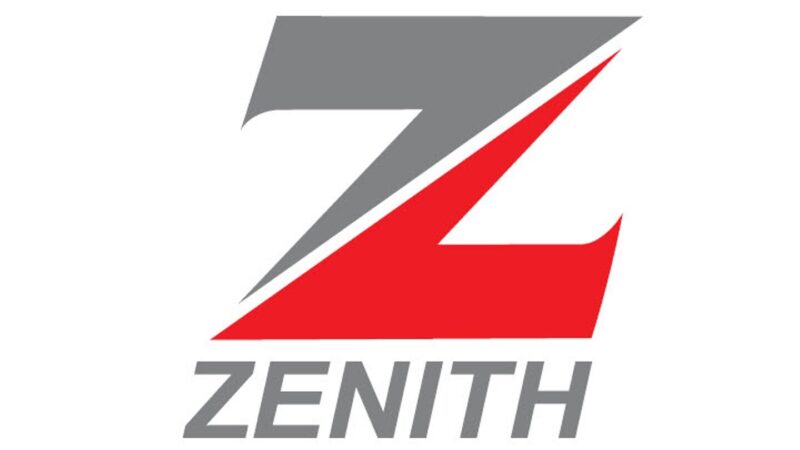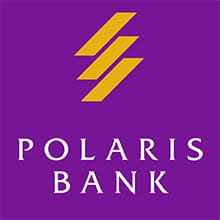$3.3bn loan-for-crude: FG gets $925m lifeline as naira trades 1,481/$
 As the naira continues to weaken near the 1,500/dollar band at the official and parallel foreign exchange market, the Federal Government has received a lifeline of $925m from the Afrieximbank to boost the forex market and meet its dollar obligations.
As the naira continues to weaken near the 1,500/dollar band at the official and parallel foreign exchange market, the Federal Government has received a lifeline of $925m from the Afrieximbank to boost the forex market and meet its dollar obligations.
The local currency has been under pressure against the United States dollar and other major global currencies in recent weeks due to the forex shortage.
The Central Bank of Nigeria has implemented various measures to shore up the naira which had inched closer to 1,100/dollar in early April.
However, forex shortage and speculative activities in the forex market have continued to make the naira take a hit against the greenback and other leading currencies.
However, the Federal Government on Thursday received a lifeline of $925m from the African Export-Import Bank, the same day the naira closed against the United States dollar at N1,481 on the official market.
Afreximbank announced an additional disbursement of $925m under the syndicated $3.3bn crude oil-backed prepayment facility sponsored by the Nigerian National Petroleum Company Limited on Thursday.
The facility is to help the Federal Government attend to some of its dollar obligations, assist the Central Bank of Nigeria to stabilise the foreign exchange market and provide funding for NNPC, among other things.
Afreximbank’s latest accordion disbursement for Project Gazelle Funding Limited brings the total current funded facility size to $3.175bn.
Arranged and coordinated by Afreximbank, the accordion arrangement saw the raising of a combined total of $925m from a consortium of crude oil off-taker lenders including but not limited to the Oando Group and Sahara Energy Resource Limited.
“Afreximbank acted as Mandated Lead Arranger, Technical and Modelling Bank, Bookrunner, Facility Agent, Offshore Account Bank, Intercreditor Agent and Collateral Agent for the transaction which is expected to provide further support for Nigeria’s macroeconomic stability and long-term economic growth while enhancing the country’s industrialisation and trade development efforts,” the bank stated in a statement posted on its website on Thursday.
This announcement follows the success of the first accordion tranche of the $3.3bn facility. In December 2023, the project received funded commitments totalling $2.25m.
The $925m accordion arrangement raises the total amount disbursed to $3.175bn.
Commenting on the disbursement, Prof. Benedict Oramah, President and Chairman of the Board of Directors of Afreximbank, said, “The milestone achieved thus far on this facility demonstrates the bank’s capabilities in performing its role as a crucial development partner for Africa.
“It reaffirms our commitment to assisting our member states in their efforts to achieve economic growth and stability. This funding will greatly support the attainment of Nigeria’s short and long-term economic development priorities.”
Oramah described the original facility as ‘a landmark’ for being the largest crude oil-backed facility in Nigeria and one of the largest syndicated debts raised in Africa.
He said the closure of the first accordion demonstrated the existence of a positive market appetite for well-structured commodities-backed instruments.
Group Chief Executive Officer, NNPC Limited, Mele Kyari, commended Afreximbank management and team for their investment philosophy and active interest in the co-creation of prosperity.
“The successful disbursement of the first accordion under project Gazelle and its interest in funding viable and strategic projects is a clear indication of investors’ confidence in NNPC and Nigeria’s growth aspirations,” Kyari stated.
He further assured Afreximbank and all investing communities of NNPC’s resolve to continue to grow the nation’s hydrocarbon resources and strengthen its partnerships across the oil and gas value chain locally, and globally.
On August 17, 2023, The PUNCH reported that the NNPCL announced that it had secured a $3.3bn emergency crude oil repayment loan from the African Export-Import Bank.
It explained that the loan would be used by the oil company to support the Federal Government in stabilising Nigeria’s exchange rate.
Also in January 2024, The PUNCH reported that NNPC would prepay future royalties and taxes to the Federal Government from the $3.3bn financing deal it got from the African Export-Import Bank.
The report stated that NNPCL disclosed this in a document titled, ‘Frequently Asked Questions – Project Gazelle’, released by its Chief Corporate Communications Officer, Olufemi Soneye.
Providing details about the deal in the document titled, “Everything you need to know about the NNPC Limited’s $3.3bn loan, also known as Project Gazelle,” the company said, “This is a financing agreement secured by NNPC Limited to prepay future royalties and taxes to the Federal Government.”
The company also stated that it adopted a lower price benchmark for the $3.3bn crude-for-cash loan to reduce the risk of default and ensure financial stability.
Giving details on the benchmark oil price, the company said the facility was using a conservative crude price of $65/barrel to calculate the allocated crude to be produced and sold in the future.
“This provides a safety margin for price fluctuations in the future..NNPC Limited has reserved up to 90,000 barrels of crude for Project Gazelle, ensuring sufficient cash flow for repayment and other financial obligations.
“If oil prices rise, more money will come in from selling the 90,000 barrels, allowing for faster repayment. However, if oil prices fall, the repayment may be slower.
“The quantity of crude earmarked (90,000 barrels) is sized to ensure enough cash is available for the repayment of the facility when it is due. This also ensures that NNPC Limited can meet other cash flow obligations, considering the expected future price of crude oil globally,” it stated
NNPC also said repayments were strategically planned and tied to future oil sales, with conservative pricing in oil sales contracts mitigating the risks associated with oil price volatility.







